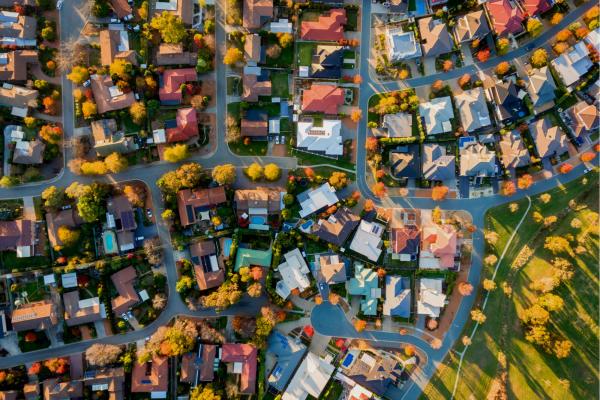AT THE VERY hour when modern humanity arrived at the pinnacle of triumph—a global marketplace promising riches for all—the skies have been darkened by the terrible specters of ecological crisis and social disruption. This realization dawns just as the urban age has been declared: More than half of humanity now lives in cities.
Surely these occurrences—the urban age and the overlapping crises of our time—are connected. Indeed, any reconciliation with the Earth will doubtless involve a “great resettlement” of our species, through which we, homo urbanis, endeavor to reconcile our urbanity with planetary limits—the epoch of the great suburban dispensation.
Our work defines this challenge by focusing on the suburbs: the sprawling, low-density urban landscape that surrounds large cities, especially in the “new world” of North America, Australia, and New Zealand.
Read the Full Article

